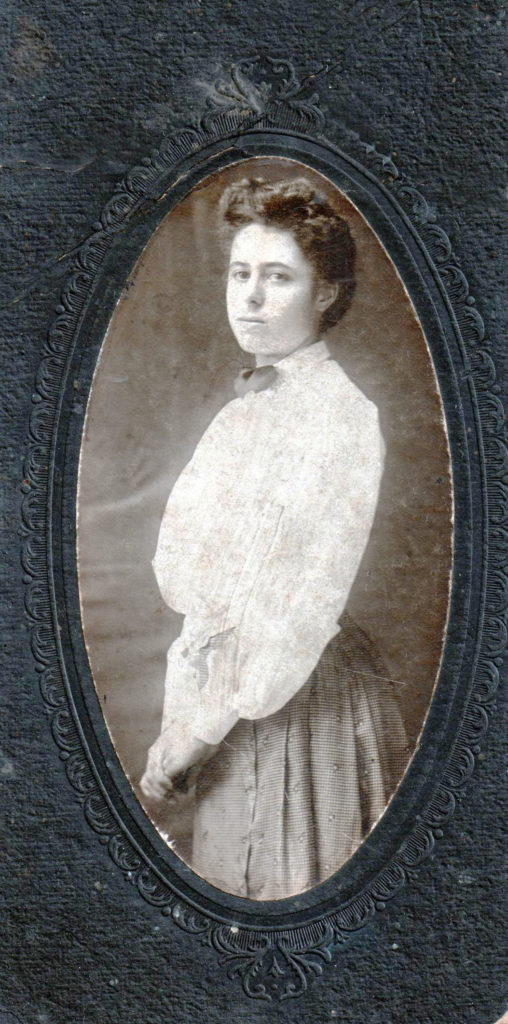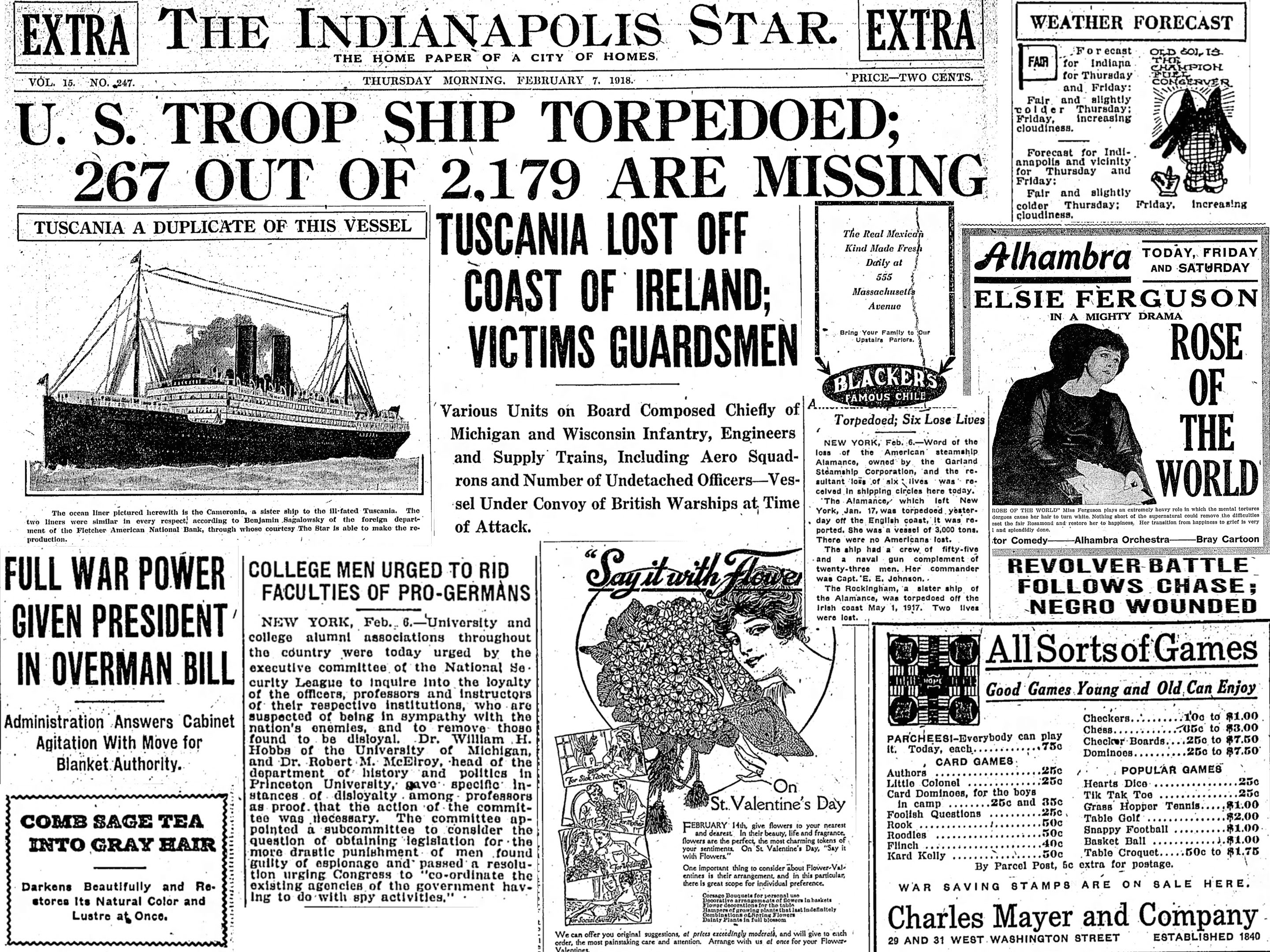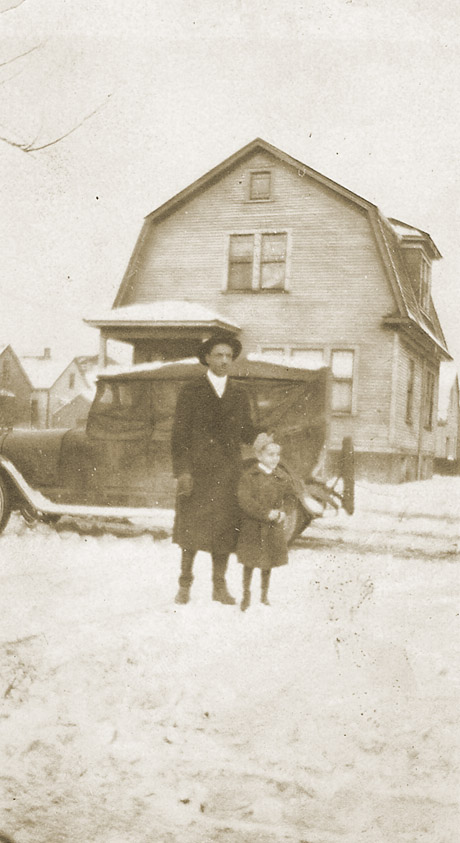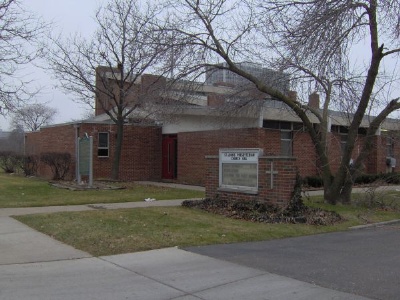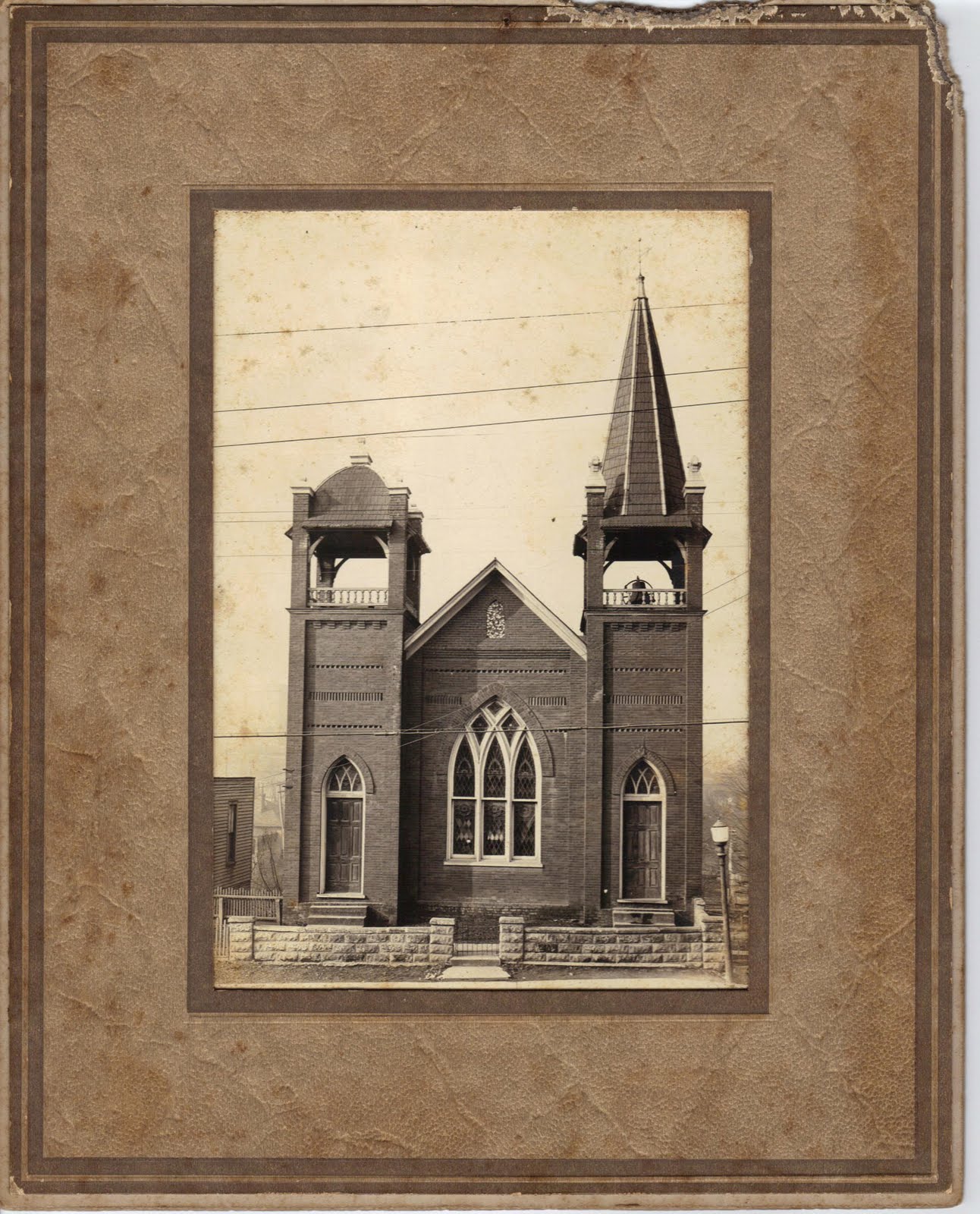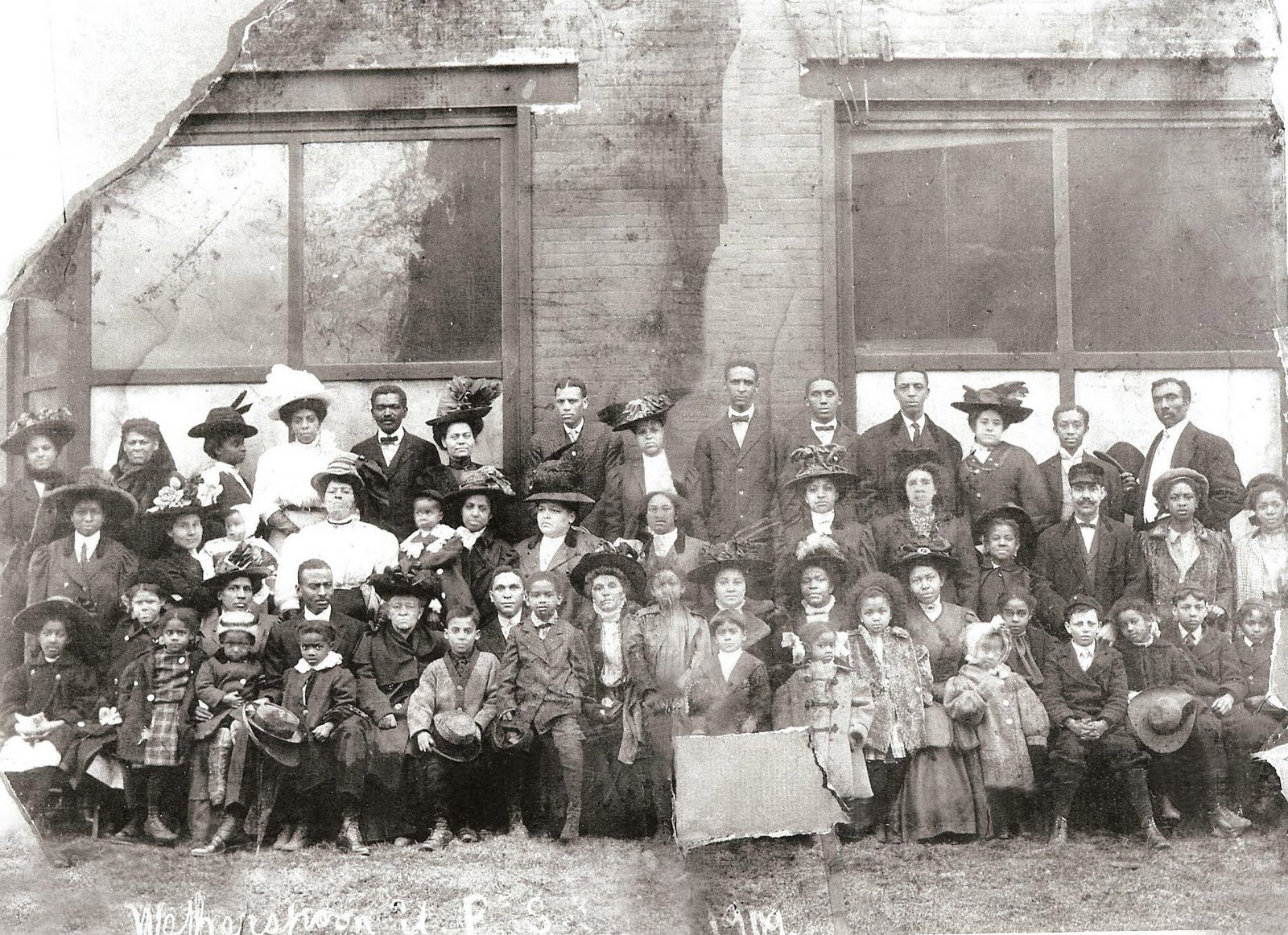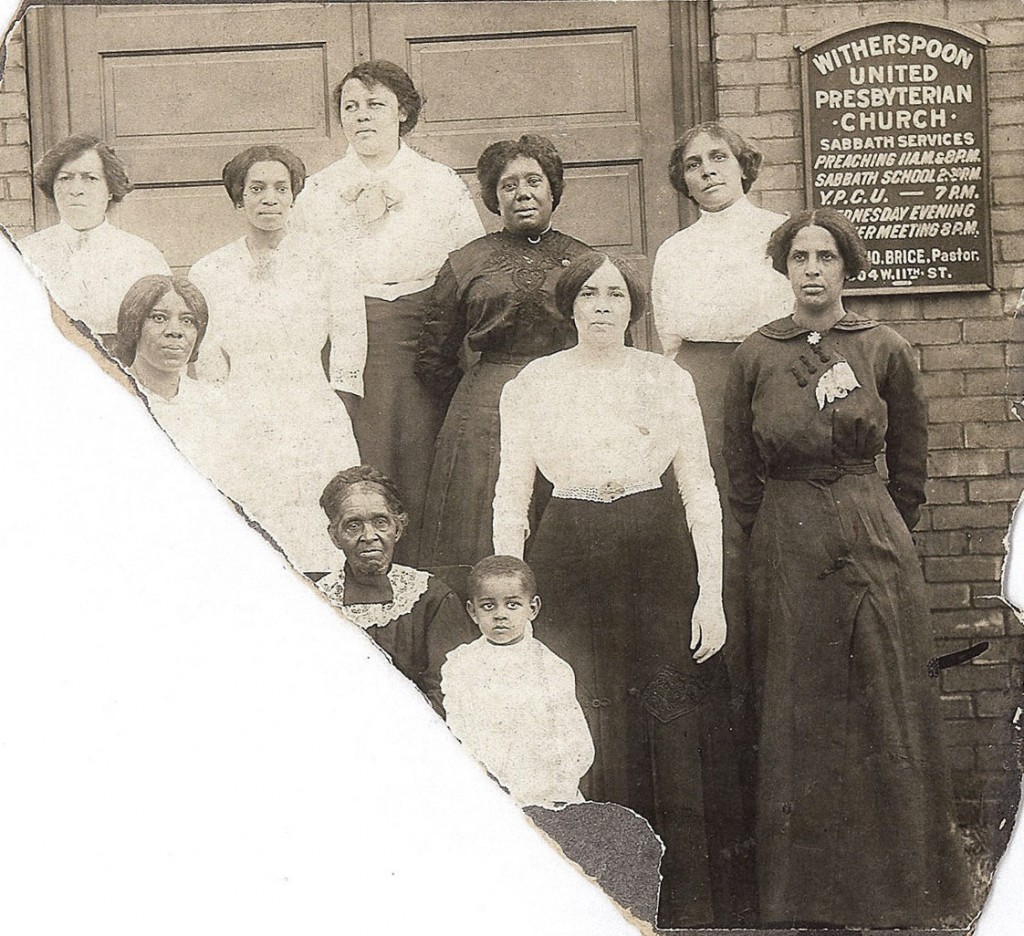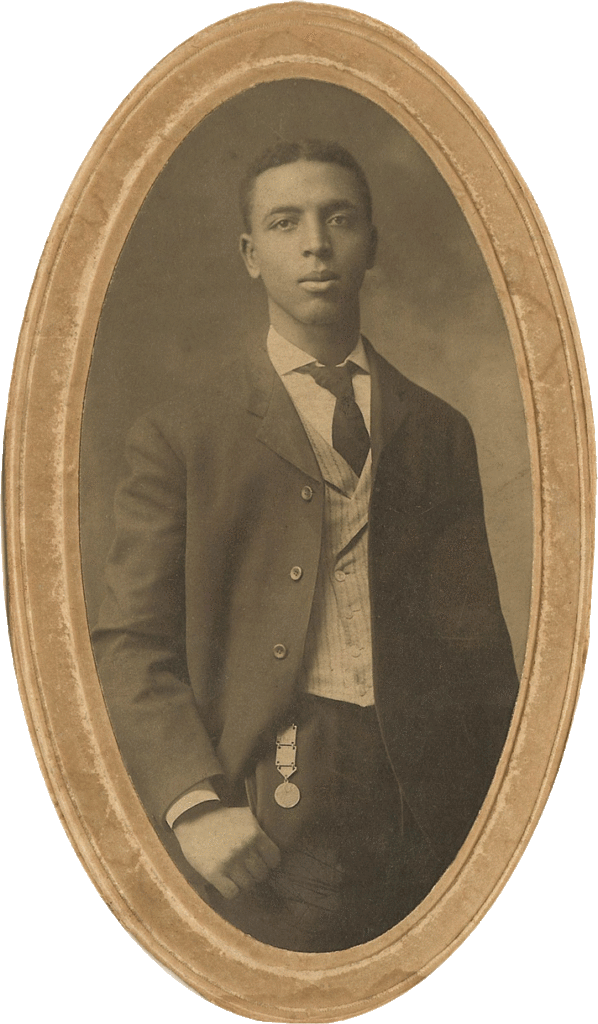During the past month I have been working on the forty letters I recently found written from 1903 to 1905 by my grandmother Pearl Reed Cleage to her friend Homer Jarrett. Homer was a cousin of her sister Minnie’s husband, James Mullins.
After reading through the letters, I transcribed them. It wasn’t always easy because her hand writting seems hurried and is hard to read. There were a few words I couldn’t make out at first but after going back, I have figured out most of them.
Next, I looked in newspapers of the day to find out about the temperatures when she said it was hot or cold. I looked for announcements about concerts, church events and people that she mentioned. I googled the books she wrote about. I looked for how much money a black laboring man made during those years. It wasn’t much. I’ve wondered about their Christmas and Thanksgiving menus.
Now I am trying to reconstruct the house she lived in with her older brothers and mother. I found the house in the Sanborn and Bast Atlas maps. At first I was happy with that, then I wanted to know what the house looked like. For several days I’ve been looking at pictures online of historic houses in Indianapolis, Indiana and at drawings of possible layouts. Now I’m wondering about furniture.
The letters themselves gave me a window into the life my grandmother was living back in the early 1900s. The other information helps me to light up the rooms I’m looking into. Eventually I will be ready to put it all together.
